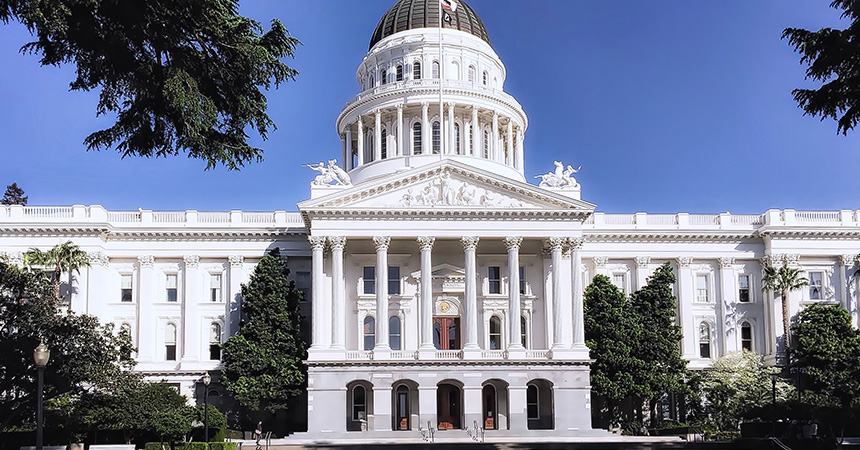Chapter 9 bankruptcy is a specific type of bankruptcy available under the United States Bankruptcy Code that pertains to municipalities and government entities.
It provides a legal framework for financially distressed municipalities to reorganize their debts and continue providing essential services to their communities.
Here are some key points about Chapter 9 bankruptcy:
- Limited to Municipalities: Chapter 9 bankruptcy is exclusively available to municipalities, such as cities, towns, counties, school districts, and other government entities. It is not applicable to individuals, businesses, or states.
- Debt Restructuring: The primary purpose of Chapter 9 bankruptcy is to facilitate the restructuring of a municipality's debts. This includes developing a plan to address outstanding obligations, restructure debt repayment terms, and restore the municipality's financial stability.
- Court Oversight: Chapter 9 bankruptcy requires the involvement of the federal bankruptcy court. The court oversees the restructuring process, ensuring that it is carried out in accordance with the law and the rights of creditors are protected.
- Approval of the Plan: The municipality must propose a plan for debt adjustment, which outlines how it intends to repay creditors and address its financial obligations. The plan must be approved by the court and accepted by a majority of the creditors to be implemented.
- Preservation of Essential Services: One of the main goals of Chapter 9 bankruptcy is to allow municipalities to continue providing essential services to their communities. The bankruptcy process aims to strike a balance between restructuring debts and maintaining the necessary functions and services provided by the municipality.
Chapter 9 bankruptcy is a complex legal process that requires the expertise of attorneys familiar with municipal finance and bankruptcy law.
It allows financially distressed municipalities to regain financial stability and continue serving their communities while addressing their outstanding debts.

